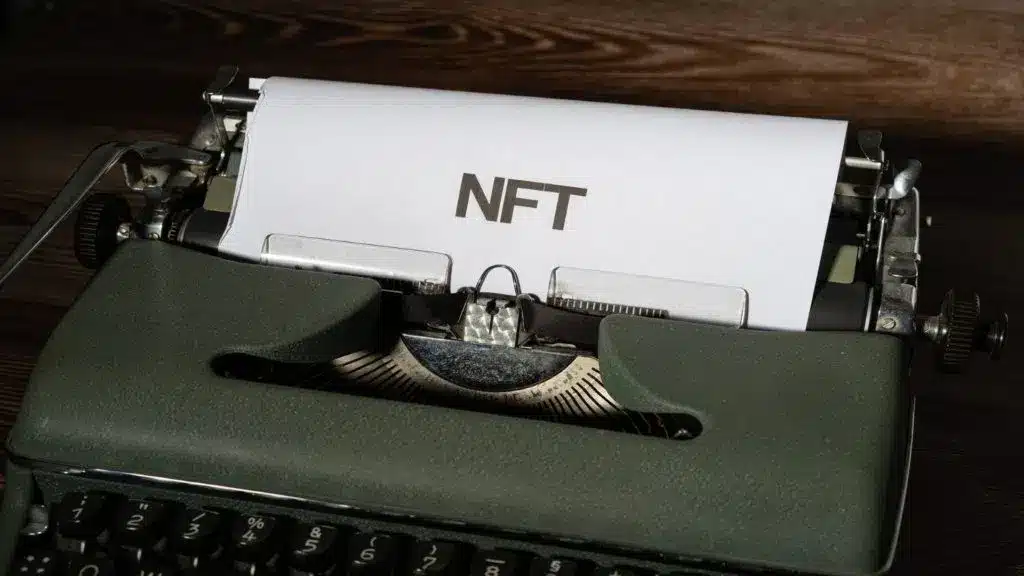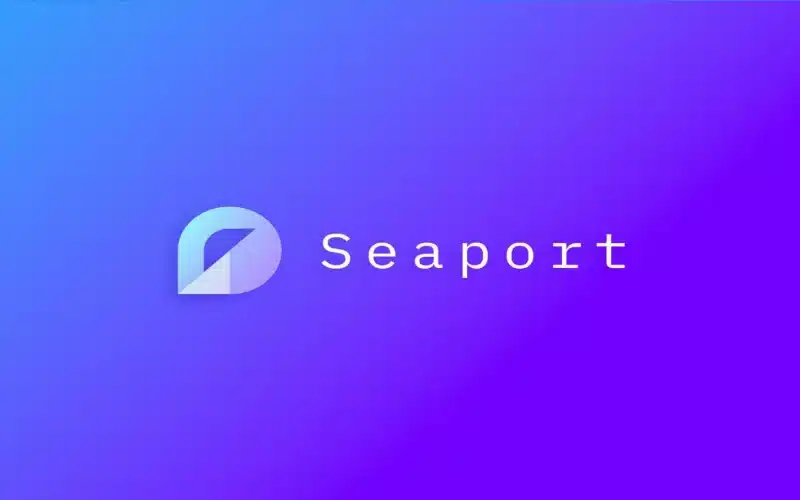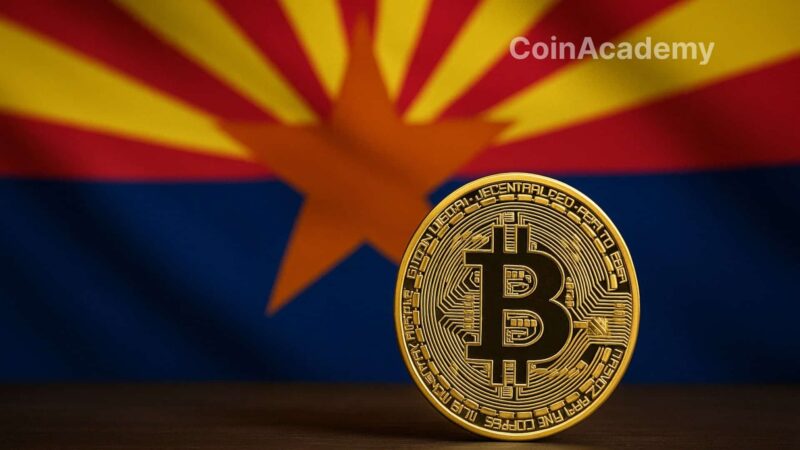The famous OpenSea platform has just unveiled the arrival of a new protocol different from Wyvern: Seaport. It introduces new use cases in the way of buying and selling NFTs.
This initiative is aimed at all developers, creators and collectors of NFTs regardless of whether they are on OpenSea or not. The development of this protocol is completely open source. Thus, the implementation of Seaport does not attribute ownership to OpenSea. In fact, no elevation of privilege can be possible within the platform unless a security hole is found.
To limit this risk as much as possible, OpenSea is organising the largest audit competition in its history in partnership with the company Code4rena, with a prize pool of one million dollars. In addition, two separate companies audited the platform during its development.
Early in the development process, OpenZeppelin conducted a security review of the protocol, while towards the end of its deployment, engineers from Trail of Bits conducted a final audit. So far, no vulnerabilities have been found during these various reviews.
Seaport: a new way of thinking about the NFT market
The introduction of Seaport is expected to be a milestone in the history of NFT marketplaces. The protocol will operate differently from the systems usually known in the sector.
In the system devised by Seaport, transactions must have a “counterparty” aspect to change the paradigm in which an NFT must necessarily be exchanged for a sum of crypto-currency.
Seaport allows sellers to request several different elements at the time of the transaction:
An exchange in ETH
One ERC20 token
One ERC721 token
One ERC1155 tokenIn addition, Seaport supports EIP-712. This standard allows portfolios to display structured and readable data at the time of the transaction to avoid errors and approximations. Seaport’s goal is to improve this standard to allow the parties involved in the transaction to know exactly what the buyer and seller will get in return.
Seaport introduces several ways to list an NFT on the platform.
Classically, it will be possible to set up a specific “mirror” type listing allowing the buyer to receive all the items in the offer in exchange for the counterparty requested by the seller. The particularity of this system is that it allows the seller to personalise the offers of a collection by specifically targeting certain criteria or attributes of a collection.
Seaport also promises the introduction of an auction system in which sellers will be able to set a starting and ending price during a predetermined auction period. During this period, buyers will contribute to the final price of the sale through their various bids.
In addition, buyers will have the opportunity to make collection bids, as is already the case on the LooksRare platform, but here with the possibility to select a particular attribute.

OpenSea to introduce innovative features with Seaport
Buyers will have the opportunity to include a tip at the time of finalising the transaction. However, this tip should not exceed the initial price of the NFT.
Beyond the benevolent aspect, this option opens up several distinct possibilities. For example, this interface could allow alternative applications to include additional fees at the time of the transaction or for particular auctions to take place.
Finally, Seaport appears to be announcing the introduction of a shopping cart system within the platform. Beyond the practicality of being able to respond to several ads at once, this solution will have the effect of relieving the network and reducing gas costs.
Sellers will have access to two specific features allowing them to customise the way in which the transaction is finalised.
Firstly, the introduction of ‘zones’ allows for an additional step to be taken before the transaction is finalised.
Secondly, it will be possible to establish a contract in which sellers define the tokens they accept and the manner in which these should be transited at the time of the transaction. This possibility should allow for greater interoperability of the different NFT collections.
Seaport’s goal is therefore to succeed in creating a community momentum to develop the protocol and allow it to reach its full potential.




